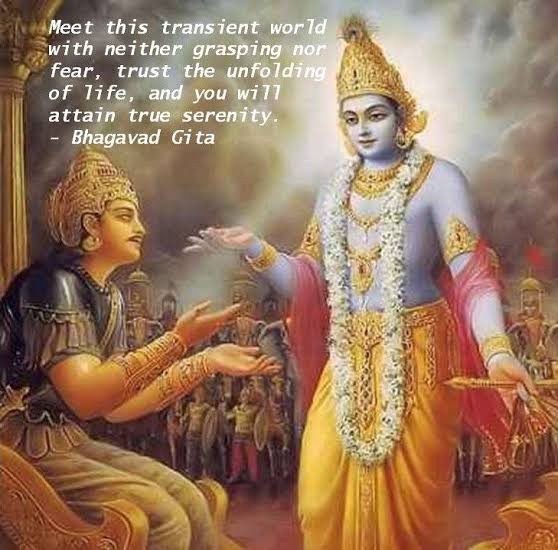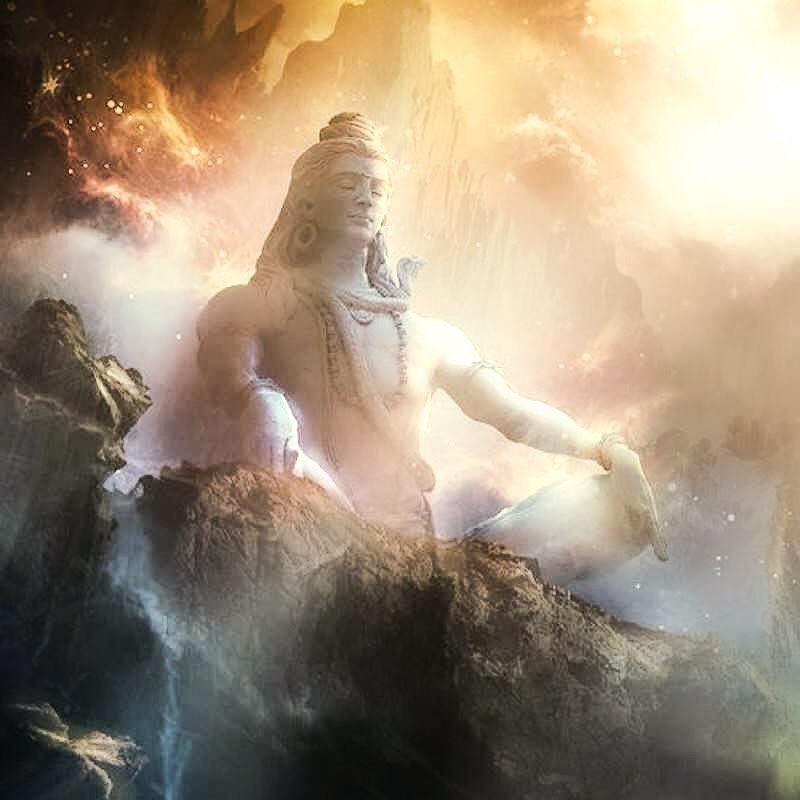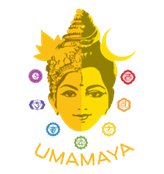Not so much fear of God required for the common man, but if you’re a demon then you’d be wise to watch your step.

Various Vedic texts including Rig Veda, Manu Smrti, several Puranas, etc. go into detail about hell (Naraka) and the underworld (Patala). There is much talk of Yama, God of Death, but that is not always in fearful context. Katha Upanishad for instance tells us the story of the young Nachiketas, son of Sage Vājashravas who traveled to the underworld to receive the knowledge of self-realization directly from Yama himself. So in this instance, even the Lord of Death is not to be feared.
Hinduism is not a fear-based religion, though many people are totally overpowered by their fears and project the same onto their Gods. This is also by no means a phenomenon strictly reserved for Hinduism but is profuse throughout all major religions worldwide. In fact, the Gods of the Hindus, from SadAshiva on down through the pantheon, are generally presented as our protectors and benefactors, shown most often in virtuous light.
On the other hand, paths exist which are based in fear. These however have little to do with Yoga. And there are paths again, of Tantra and Aghor, which are fearsome indeed! But it is like the stern visage of the warrior Buddha, or say for instance Kali Ma. We can love them all the more for their fearsomeness because we know it isn’t directed at us, but rather for us, to protect us from those ever irksome demons of mind like anger and envy and whatnot.
Are all yogic paths based on the love of God or only Bhakti?
In fact, you will not meet nor hear of any Yogi who is not completely enamored and in love with God. You might read of a black magician here and there, someone who has become adept at some yogic arts, developed some siddhi and works his awareness with mal intent. However, this too, has nothing to do with Yog.

Om Namah Shivaya and any variation whether worship of Vishnu or Brahma or Shiva, or the Mothers or the Sons – it is all based on a great love that the children have for their progenitors and protectors. Yog seeks the union with the same.
A yogi will do the sadhana, the homa – everything with this love in his heart. With the deepest devotion. Very naturally, a gyani is also a bhakta. In fact, the transmission of Gyan is a natural byproduct of such a devotion. BUT, every bhakta is not of similar disposition and may not receive the same. Similar with Kundalini Yog. The Mother wakes up in Her children depending very much on their own readiness and preparedness, willingness, purity and position.
How Does One Choose a Path?
Shiva is the MahaYogi. Do you suppose there is any Yogic path which He is not present on? A Yogi may also limit himself to one path based on disposition and personal inclination, and like any skilled craftsman, may master his path through single-minded focus and attention to his way. Similarly, one may be a jack-of-all-trades and master of none, which may or may not see you to your goal.
It is an important question this question of the goal. A Siddha Yogi seeks a particular level of perfection of his art that a Hatha Yogi might not. A Hatha Yogi aims for a particular level of health that a Gyana Yogi might not. What are you looking for on your path? You can practice many yogic paths; it is not a problem. They all have overlap. They all lead to the same goal in the end if taken far enough to their natural destination.

…is a Saiva Tantrika, Gyana Yogi and founder of Uma Maheshwara Yoga & Ayurveda. David has an MA in Semiotics, lives in Japan with his family and works as a coach in L & D, devoting his time to developing science-based tools and programs that help people reach the fullest potential of the human condition.
Discover more from REAL YOGA
Subscribe to get the latest posts sent to your email.

